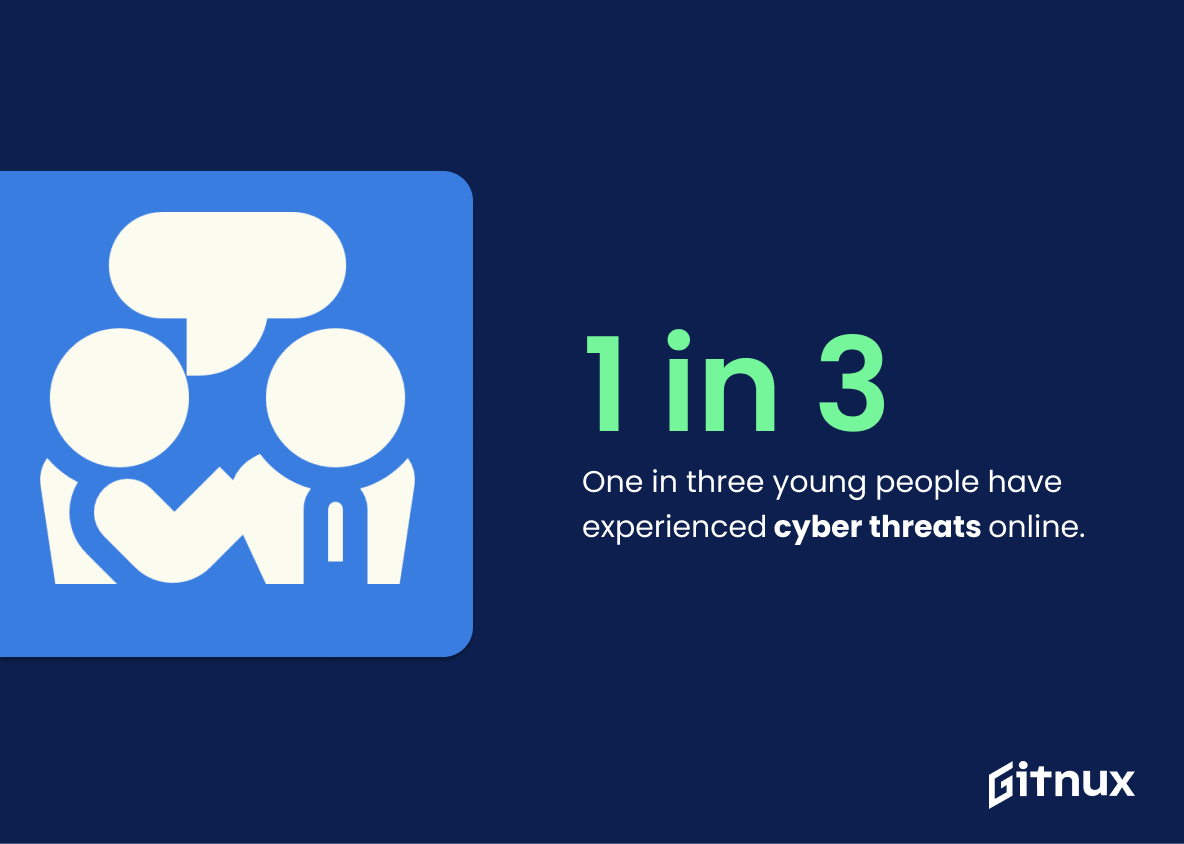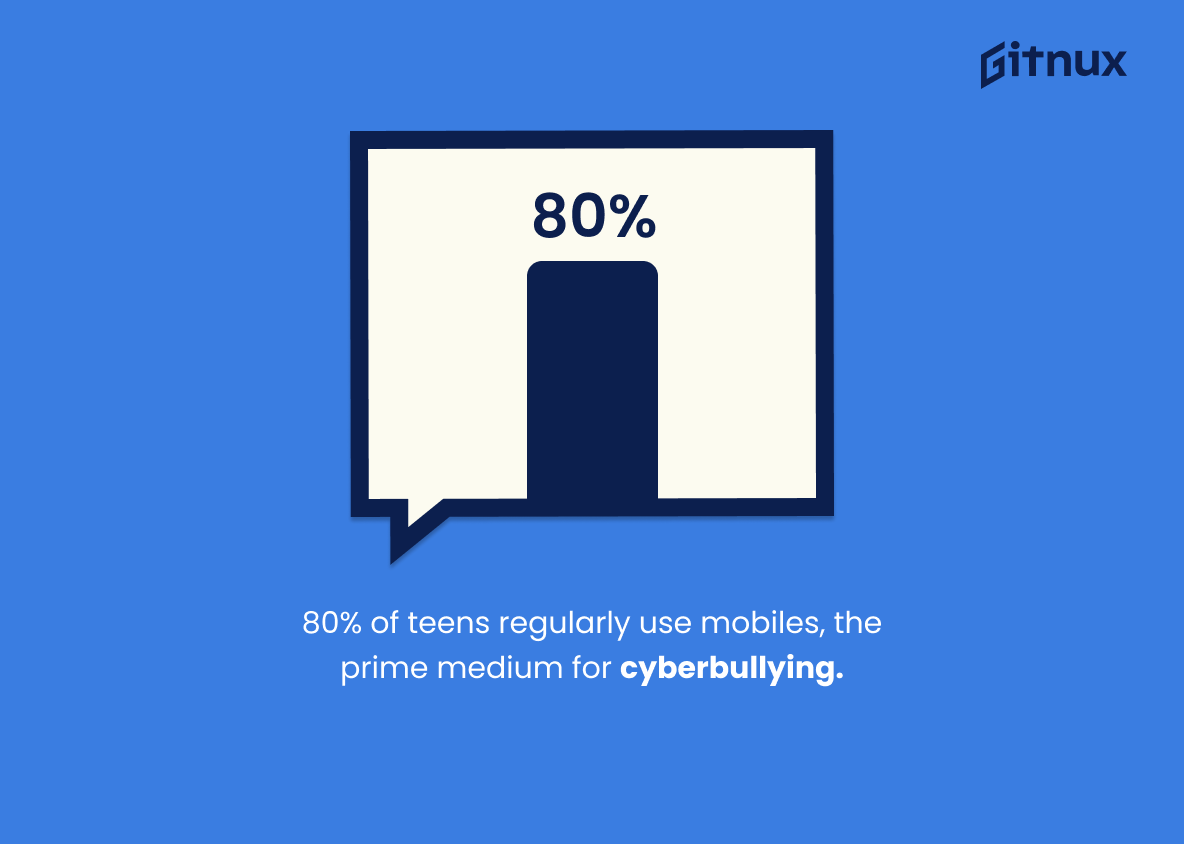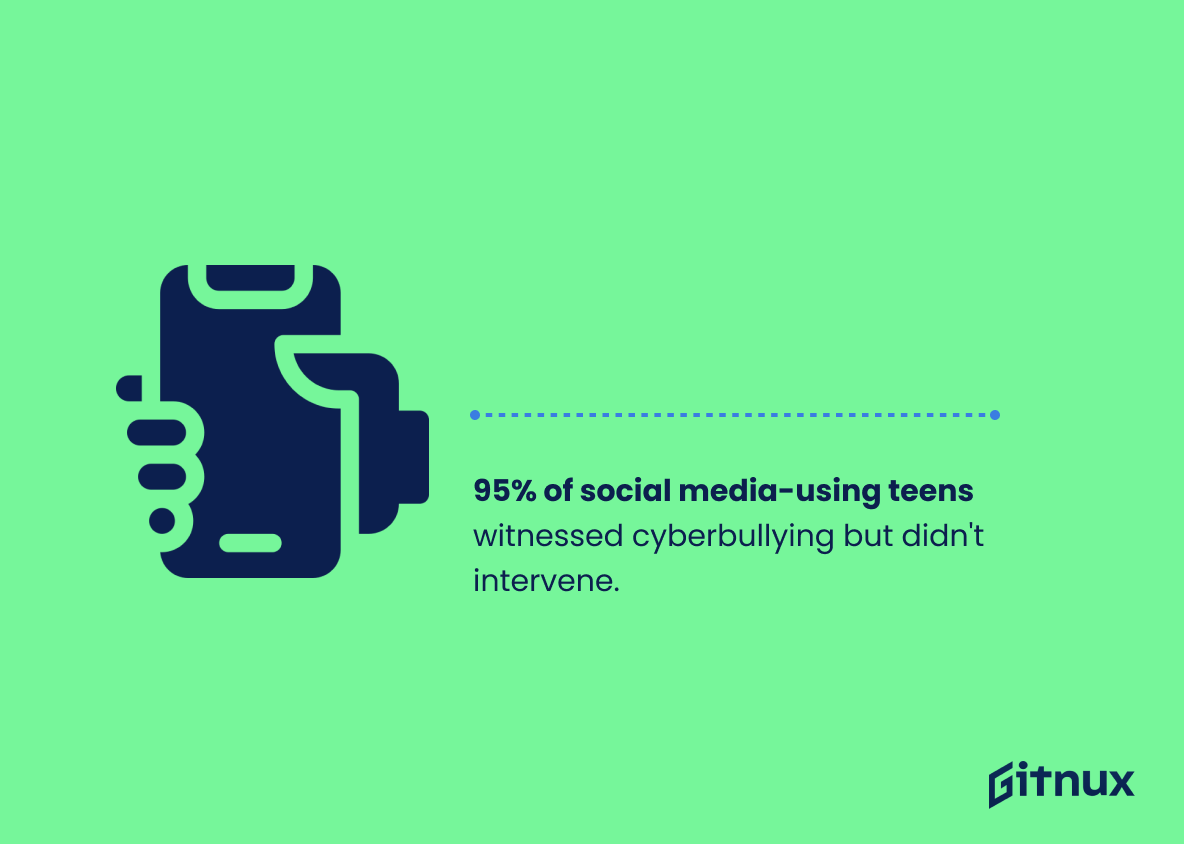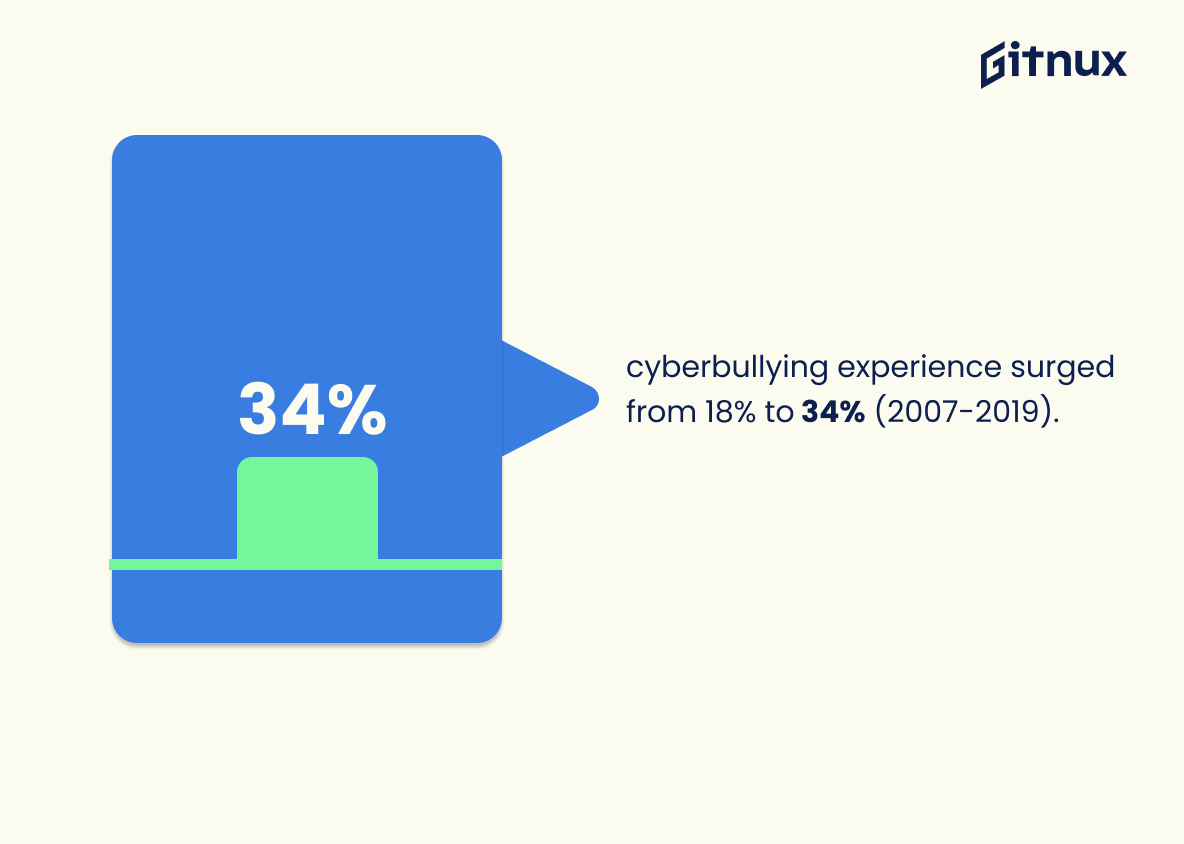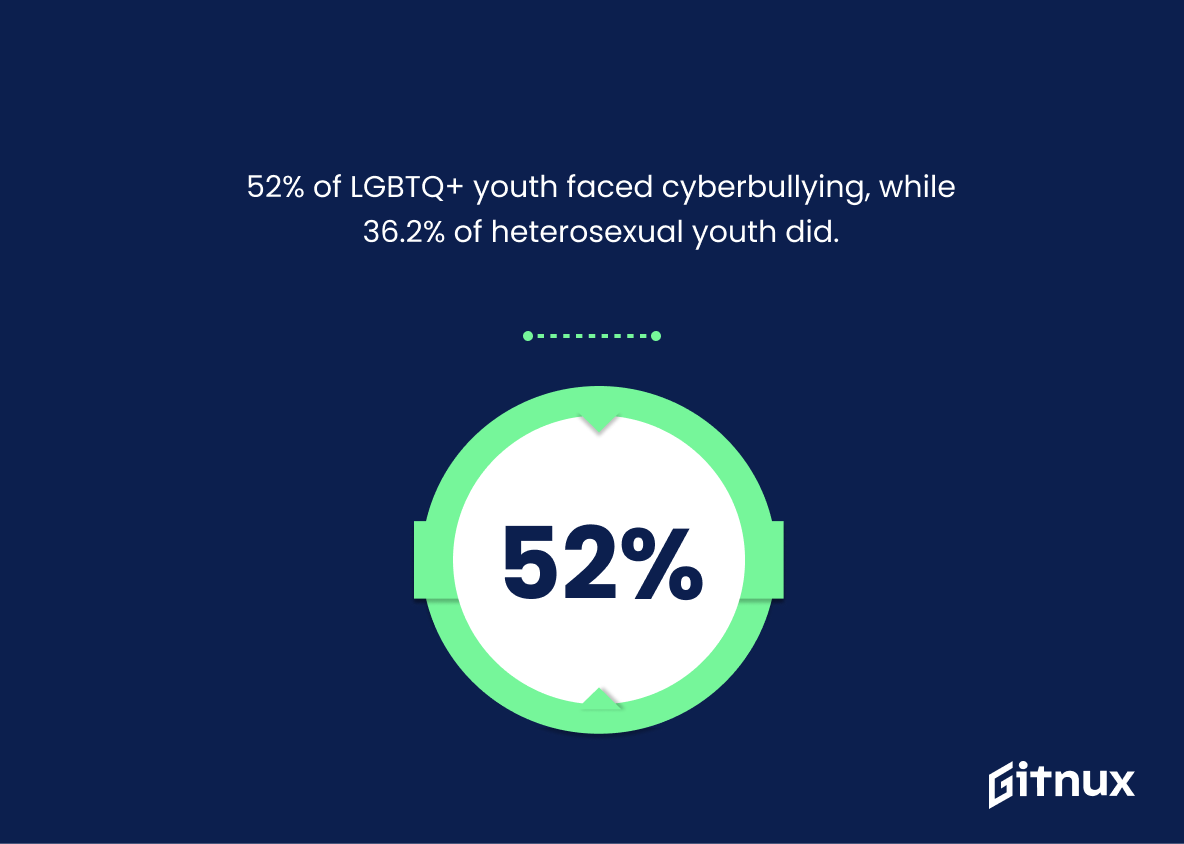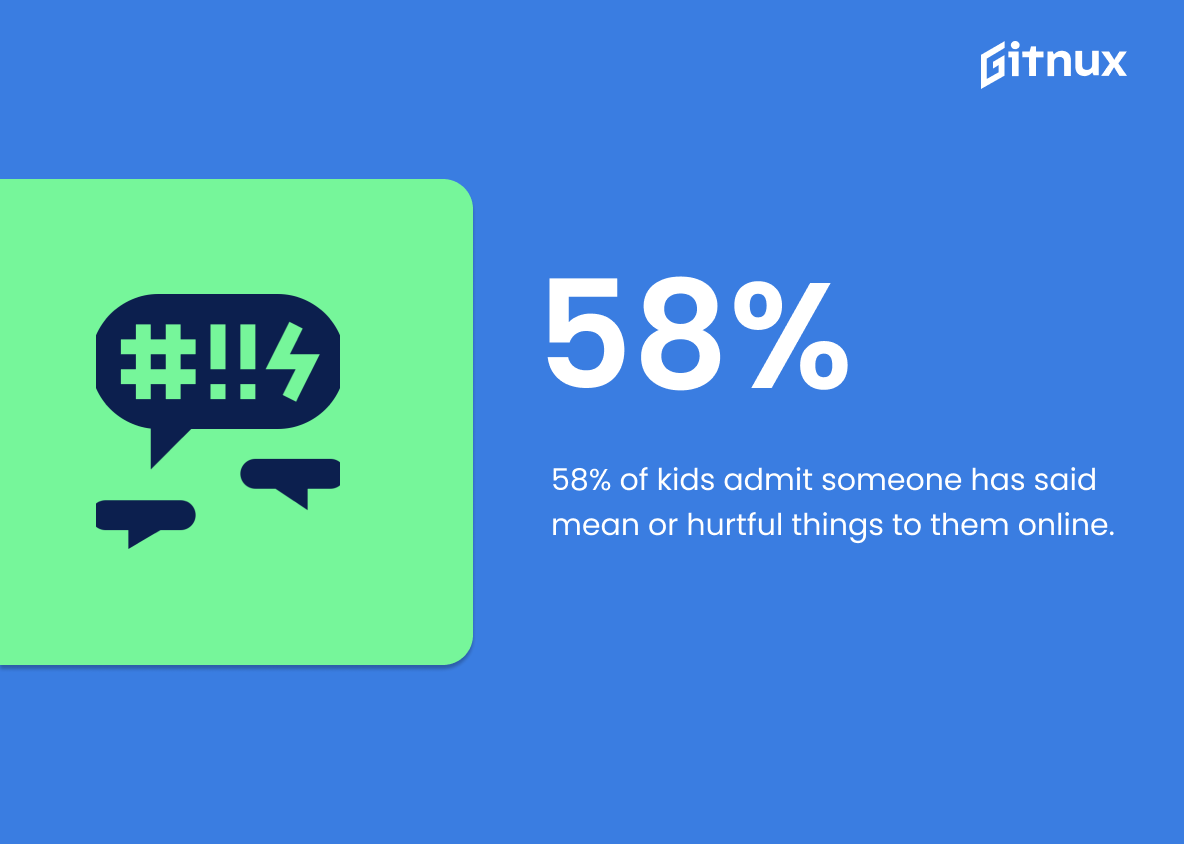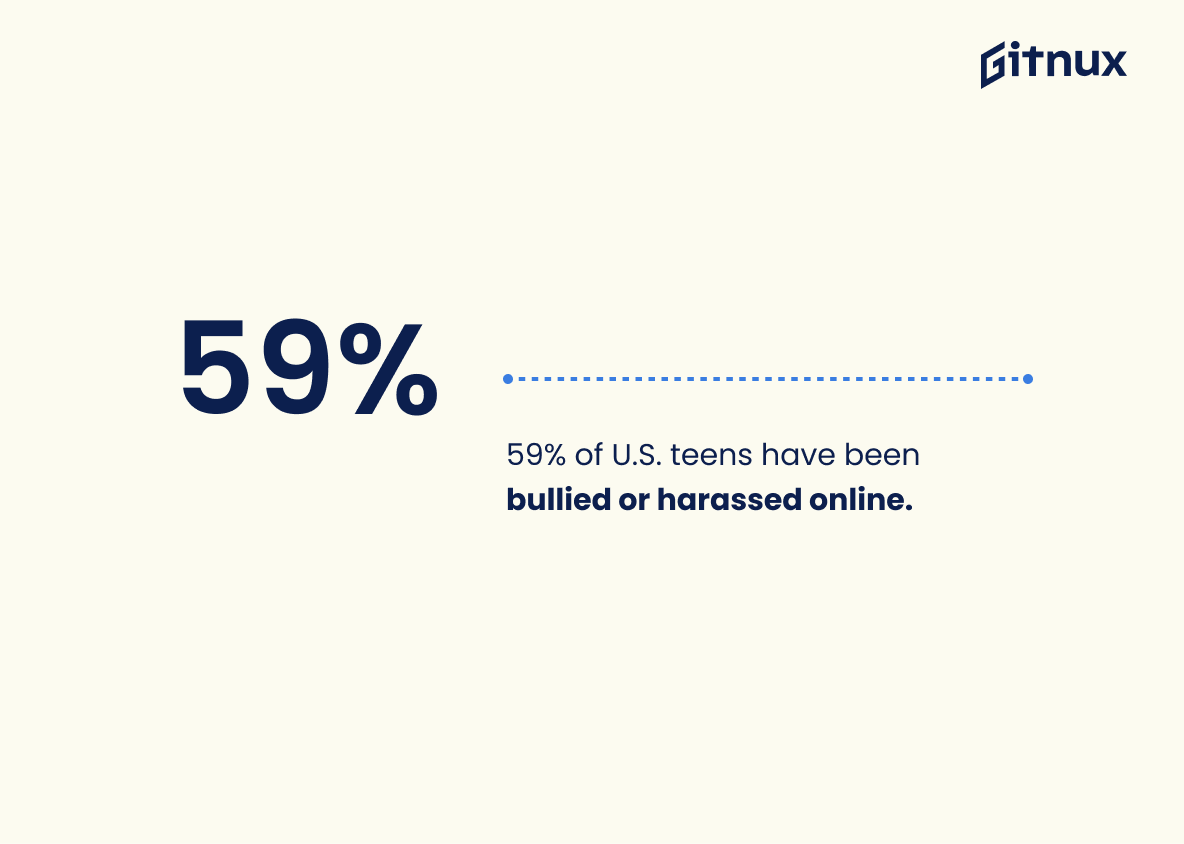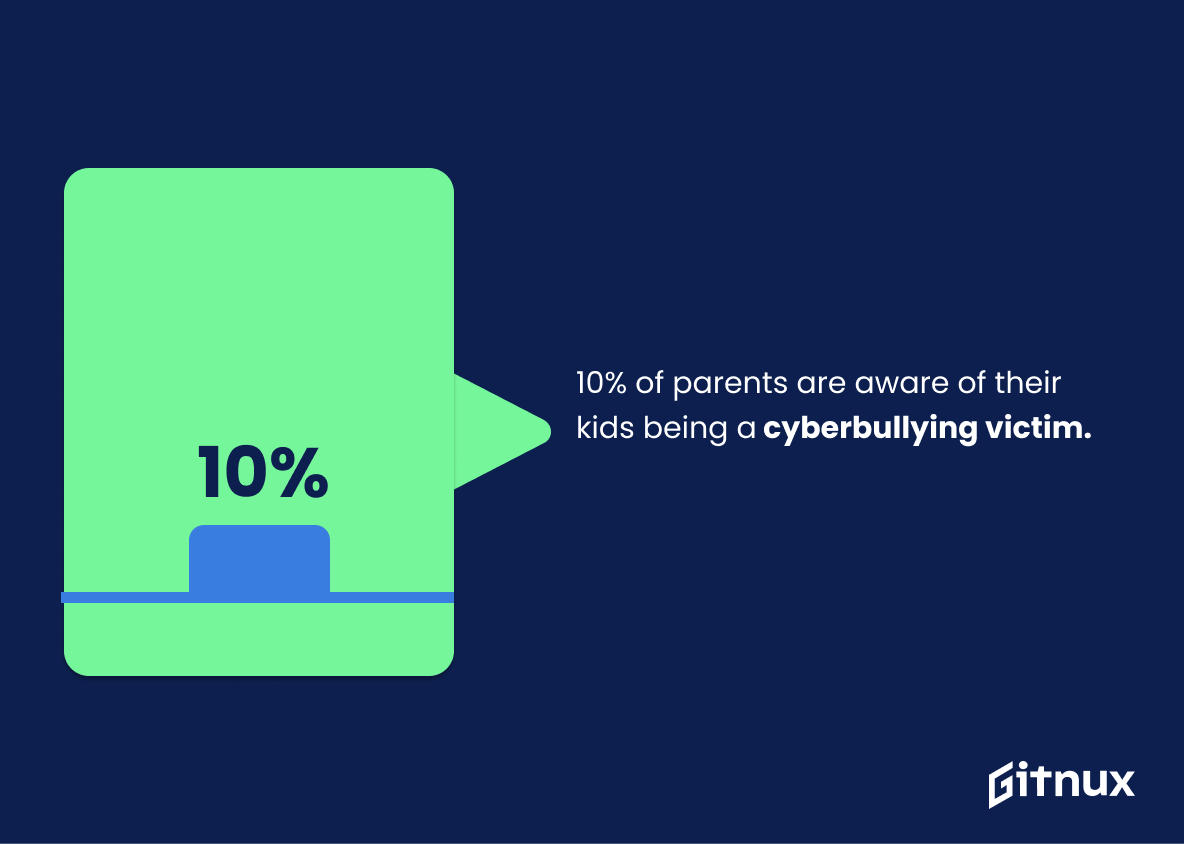In the interconnected realm of the digital age, social media has become a double-edged sword, amplifying both our ability to connect and the potential for harm. A worrying manifestation of the latter is the rise of cyberbullying. This article provides a comprehensive exploration into the alarming statistics surrounding social media cyberbullying. These figures not only further our understanding of the scope of this troubling issue, but also serve as a clarion call to stakeholders worldwide – from parents and educators to legislators and tech companies – to unite in their efforts against it. Get ready to delve into the chilling world of Social Media Cyberbullying Statistics.
The Latest Social Media Cyberbullying Statistics Unveiled
One in three young people have experienced cyber threats online.
Illuminating the dark underbelly of the digital age, the startling fact that one in three young people have faced cyber threats online underscores the urgent need for action in our blog post on Social Media Cyberbullying Statistics. This startling number is not merely an abstract statistic, but a stark reality indicating that the cyberspace, much like the real world, isn’t always safe for the younger generation. This statistic embodies the magnitude of the problem, manifesting the Internet’s double-edged nature – the very place where young minds seek daily connections, learning tools, and entertainment, can also be riddled with threats, feeding into a culture of fear and abuse. In centering this revealing piece of data in our discourse on social media cyberbullying, we hope to propel a stronger understanding and stronger calls for action in online safety interventions.
Over 80% of teenagers use a mobile phone regularly, making it the most common medium for cyber bullying.
In the digital age, the statistic that over 80% of teenagers regularly use a mobile phone creates a major highway for cyberbullying, highlighting an unseen risk in our interconnected world. This statement tightly knots the prevalence of mobile phone usage among teens with its potential dark offshoot – cyberbullying. In a blog post about Social Media Cyberbullying Statistics, this data demonstrates the landscape where cyberbullying predominantly thrives. It helps to underscore the urgency to address this issue, shaping a clearer understanding for readers of the scale and serious implications of cyberbullying in the era of ubiquitous mobile connectivity.
Statistics from Enough is Enough show that 95% of teenagers who use social media have witnessed cyberbullying and they didn’t intervene.
Undeniably, the statistic paints a haunting picture of the online world, particularly in regards to teenagers and their interaction with social media. The cited figure – that an overwhelming 95% of teenage social media users have stood witness to cyberbullying without stepping in – captures a significant issue confronting society today. This bold figure serves as a wake-up call in the blog post, shedding light on the pervasive power of cyberbullying. By underlining the prevalence of passive bystander behavior amongst teenagers on social media, the statistic challenges us all to question our collective silence, ignites a conversation about our role in supporting victims, and highlights the urgency to develop more effective anticyberspace bullying strategies.
According to Cyberbullying.org, the percentage of individuals who have experienced cyberbullying at some point in their lifetimes has nearly doubled from 18% to 34% from 2007-2019.
The dramatic surge from 18% to 34% in individuals experiencing cyberbullying in their lifetime, as reported by Cyberbullying.org, paints an alarming picture of the real battle we confront in our digital age. It serves to underscore the gravity of consequences that social media platforms can bear, making it an indispensable piece of information in unraveling the narrative of social media cyberbullying statistics. While social media unfolds new avenues for connection, it sadly opens floodgates to nefarious practices like cyberbullying. The statistic is a remarkable wake-up call, spotlighting the steep incline in cyberbullying episodes that mark a disturbing trend in the digital world, a world that has moved beyond just cat videos and photo filters. It verifies the dark truth that the internet frontier, and especially social media, is increasingly becoming a breeding ground for such harmful actions, compelling us to take immediate and effective measures.
52% of LGBTQ+ youth reported experiencing cyberbullying in comparison to 36.2% of heterosexual youth.
The statistic pulsates with significance, underscoring a stark variance in experiences between LGBTQ+ youth and their heterosexual counterparts on social media platforms – arenas that should be spaces of connection rather than hostility. It paints a grim reality of the surge in online harassment faced by 52% of LGBTQ+ youth, noticeably greater than the 36.2% experienced by heterosexual youth. In a blog post dissecting the terrain of social media cyberbullying, this statistic not only adds weight but gives emphasis to the unique vulnerabilities faced by the LGBTQ+ youth community, offering a sobering perspective to discussions about online safety, inclusivity, and diversity.
About 58% of kids admit someone has said mean or hurtful things to them online.
Interpreting the fact that approximately 58% of kids acknowledging the receipt of mean or hurtful comments online serves as a powerful mirror reflecting the alarming reality of the digital world. This stark truth provides profound insight for a blog post dissecting social media cyberbullying statistics. It shines a light on the grave resilience children require in today’s digital age, displaying the alarming prevalence of cyberbullying. Moreover, this statistic stands as a solemn reminder of the critical need for stringent cyberbullying intervention and prevention strategies to safeguard the mental and emotional health of our young netizens.
According to a Norton Cyber Security Insights report, 87% of the youth have witnessed cyberbullying.
Shining a spotlight on a Norton Cyber Security Insights report, a startling 87% of youth have been onlookers to cyberbullying. This staggering figure provides users a stark snapshot of the online landscape that the younger generation navigates. In relation to a blog post about Social Media Cyberbullying Statistics, this poignant piece of data serves as a compelling compass, directing us to comprehend the extent of the issue beyond mere isolated incidents. In fact, it paints a worldwide panorama – emphasizing that cyberbullying isn’t a secluded problem but a rampant global phenomenon that touches almost every young netizen. This number breathes life into the scenario, amplifying the urgency to address and combat this digital menace.
According to a survey conducted by Ditch the Label, 73% of young people have reported being cyberbullied on social media
In the narrative landscape of a blog post investigating cyberbullying on social media, the statistic from the Ditch the Label survey acts as a chilling beacon of reality. It highlights a staggering fact: almost three-quarters of our youth report having been victimized online. This datum drives home the urgency of the problem at hand. While percentages might appear simply as numbers on a page, they in fact represent real individuals, our youth, whose lives have been marred by virtual bullying. This digital menace has, as shown by this weighty figure, become unwelcomingly common in young people’s lives. Such a telling figure reinforces why it’s imperative to institute robust measures against online harassment and develop safer spaces for our youth in the digital world.
Instagram was identified as having the most instances of cyber bullying, at 42%.
Scrutinizing the figure, it is evident that Instagram sits on the throne as the platform graced with the highest percentage of cyberbullying instances – a staggering 42%. Why does this piece of datum play a critical role in evaluating social media cyberbullying? It offers a clear appraisal within the blog’s narrative regarding the necessity to significantly curtail these incidents. The substantial figure compels stakeholders – users, parents, educators and the Instagram platform itself – to rise against this digital age menace. Unveiling Instagram as the prime cyberbullying battlefield, the statistic forms the core in the strategy planning for counter measurement development, user education, and platform policy revisions. That powerful 42% is more than just a statistic; it’s a cry for change, a call to action, and a roadmap towards safer online environments.
25% of teenagers report that they have experienced repeated bullying via their cell phone or on the Internet.
Unearthing the stark reality of cyberbullying, the statistic reveals an alarming fact: one in every four teenagers has faced recurring harassment through their mobile device or on the internet. In the digital age, where social media platforms are incredibly prevalent in young people’s lives, we see a troubling rise in unseen violence. This percentage underscores the magnitude and seriousness of the issue as we delve into the subject of social media cyberbullying. It serves as a significant wake-up call and a starting point for discussions, policies, and measures to combat and prevent such damaging environments from proliferating.
Pew Research Center found that 59% of U.S. teens have been bullied or harassed online.
Taking a look at the statistic from the Pew Research Center – 59% of U.S. teens experiencing online bullying or harassment – provides a hard-hitting reality check. The digital playground has become a breeding ground for hostility and harm towards our youth. In a world where social media is almost intrinsic to daily life for teens, this alarming figure reveals the dark underbelly of cyber interaction. When discussing Social Media Cyberbullying Statistics in our blog post, it’s impossible to ignore this distressing fact. It not only paints a clear picture of the magnitude of the problem, but it also validates concerns about the potential harmful psychological impacts. This statistic serves as a rallying cry for preventative strategies, better regulations, and the need for increased digital resilience.
Approximately 10% of parents are aware of their kids being a cyberbullying victim.
Harnessing the spotlight, this statistic signifies a startling void in the parental understanding of the digital experiences their children are undergoing. It dramatically encapsulates how, in the expansive universe of social media, a staggering 90% of parents remain oblivious of their children falling prey to cyberbullying. This unveils a critical narrative on the hushed voices of cyberbullying victims, whose plight often goes unknown and unsupported by their primary caregivers. The statistic is an urgent call to arms for parents, educators, and policymakers alike; pressing them to dive deeper into the soundless world of cyber-abuse, their ears poised for the unheard cries of the affected kids.
Conclusion
In summing up, the unsettling statistics behind social media cyberbullying reveal a growing problem that needs urgent addressing. It underscores a pressing necessity for heightened vigilance and robust preventative measures among Internet users, parents, teachers, and social platforms themselves. Additionally, it necessitates the incorporation of digital etiquette in our education systems to forge a more respectful and safer online community. Statistics should never just be numbers – they should be a wake-up call and a catalyst driving us into action. So, let’s answer that call, continue spreading awareness, and diligently work towards obliterating online harassment and cyberbullying in every form for a healthier, more empathetic social media landscape.
References
0. – https://www.enough.org
1. – https://www.us.norton.com
2. – https://www.www.broadbandsearch.net
3. – https://www.www.bestvpn.com
4. – https://www.www.pewresearch.org
5. – https://www.kidshealth.org
6. – https://www.www.dosomething.org
7. – https://www.www.ditchthelabel.org
8. – https://www.cyberbullying.org
